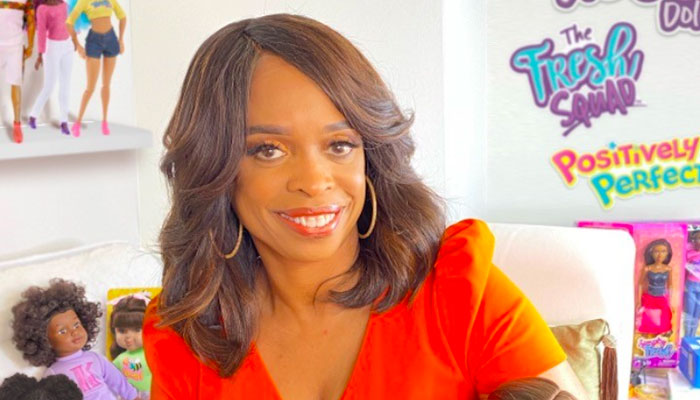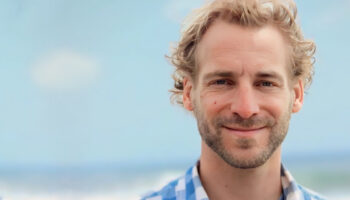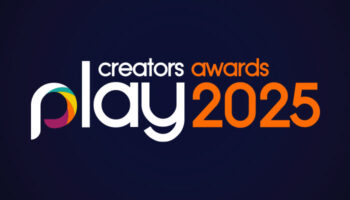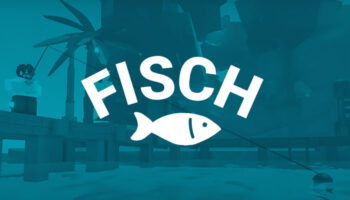The World of EPI’s Dr Lisa Williams on design, Disney and diversity in the doll aisle

Earlier this year at WiT’s Wonder Women Awards, Dr Lisa Williams – CEO and Founder at The World of EPI – won a Rising Star accolade in the Licensee/Manufacturer category.
Since forming the company in 2003, Dr Lisa has been responsible for some of the industry’s most successful multi-cultural doll lines. This year has been a banner one for the company, with The World of EPI launching its first licensed toy range thanks to a partnership with Disney for The Proud Family: Louder and Prouder.
We spoke with Dr Lisa to find out more about her route into toys, her approach to design and why authenticity matters…
Dr Lisa, a huge thanks for taking time out to chat. Let’s start at the beginning! How did you find yourself working in the toy industry?
Well originally, I was a college professor in business, marketing and supply chain management. And I was very happy being a college professor! I had achieved ranks that I’d never dreamed would be possible – I was literally the highest-ranking professor in my field and I was loving it. I was teaching both PhD students and business executives, I worked two to three days a week, I had summers off… It was amazing. I really felt I was doing something important.
Amazing – and this all begs the question… How did toys tempt you away from all that?
In a surprising, unplanned way! I was watching television one Saturday afternoon and there was a feature about an updated doll study. Anderson Cooper and Soledad O’Brien were updating a historical doll study that had started in the fifties and sixties.
Back in the original study from decades ago, virtually every child said they wanted to play with the white doll. No-one wanted to play with the black doll. The black doll was perceived to be dumb and not pretty. So, they updated the study and asked kids in 2010 which doll they’d want to play with.
I thought I’d know the answer to this, because so many things had changed. In addition to us having African American celebrities on the covers of magazines and regularly voted among the most beautiful people in the world, TV shows and movies featured greater diversity…
So, I knew things had changed, but sadly when it came to the doll study, things had not changed. The kids had again selected the white doll, and some of the reasoning broke my heart. One beautiful little black girl said she didn’t want to play with the black doll because “the black doll’s skin was nasty.” Then she literally touched her own hand to indicate she felt her skin was nasty too. It broke my heart, and it still does to this day.
That’s when I knew I had to do something; I couldn’t allow another generation of children grow up thinking they weren’t beautiful. That day, in theory, my company – The World of EPI – was born.
And what did your first steps into the toy industry look like?
You know the phrase ‘Ignorance is bliss’? That was me!
I was so ignorant about the process. I didn’t know what I didn’t know. I had no idea there were schools that teach the art of toy design. I didn’t know that I’d need money, because I didn’t have any. I didn’t know that it would be helpful to have a mentor in this field. I literally thought that if you had a desire to do it, you could do it!

Have you always had that kind of self-belief?
It probably comes from my past. Before I was a professor, I was a doctoral student, and before then, there were no other African American women, or men, in my field. I was the first. That mentality of thinking you can do anything as long as you have a passion and desire to do it; that fuelled me on this doll adventure.
Do you think not knowing how things are typically done in the doll sector helped you to develop something new?
It was ultimately helpful, but in the beginning, I kept seeing it as a negative. I was insecure around people who knew what they were doing. Eventually, a dear friend of mine told me that my naivety was an advantage because it gave me a unique, different perspective from which to approach things. That’s when I embraced it, and then a good deal of the challenges I faced started to dissipate. And that new way of doing things was instrumental in setting up what we do know.

Let’s talk about that. Your first range of dolls was Positively Perfect. What did you want to get across in the design of that line?
They came from a line of books, and the books included people of all ethnicities. The books did well, so one of our major retailers – Walmart – asked if we’d also create a line of dolls. They’d already asked me about this three times and I’d turned them down every time. It was only when I saw that little girl on television that I said yes.
I looked at doll companies online and I flew to Shenzhen to locate doll factories. I was by myself, I didn’t speak the language, and it was all because that little girl inspired me. I was singularly focused on finding someone to make a doll that could reflect the beauty and the brilliance of all children.
When I made it to the factory, they quickly told me I was doing everything wrong. They told me that you don’t start from scratch with a sculpture. They said I needed to use a pre-existing face and place a dark deco on it. But that’s not how I wanted to do it. I wanted to start from the ground up. I wanted to create something 100% authentic.
How was that received?
Well, they argued with me… I argued with them… Ultimately, they saw where I was coming from. I didn’t want to do this in the same way that it had always been done. I mean, that’s why the little girl didn’t want to play with black dolls.
Do you think the resistance you faced at factory level was indicative of how the wider industry had approached diversity in dolls?
Well, our motives were different. In the toy industry, like most businesses, the core motivation is financial. It’s about making a return on investment for your stockholders, but profit was not my motive.
My question to the factory wasn’t: ‘What’s the most cost-effective way for me to create a doll with brown skin?’ My question was: ‘How can you get me the most authentic doll that represents all children?’.
Because our motives were different, it meant our subsequent choices were different. Starting from scratch with the sculpts meant I could get the nose and lips and shape of the face right. It meant I could get the right eye colour blended with the right skin tone. It meant I could get the right hair colour, texture and style. If I was making a decision purely based on cost, I wouldn’t have made those decisions.

Amazing. And after Positively Perfect, what came next?
Well, I started noticing that older girls were having issues too. I was reading articles about teenage girls committing suicide and not being happy with their bodies. It was heart-breaking and I wanted to do something about it, so I created The Fresh Dolls.
These are fashion dolls and they’re fuller figured dolls. The faces are authentic, and the clothes are trendy, but not over-sexualized. And this time around, factories were more willing to work with me on creating something new.

The Fresh Dolls did very well, and then I saw the same issues with boys. In the media, they’re represented as less-than-positive. So, I wanted boys to see themselves as I saw them; as I saw my sons, my uncles, my cousins, my husband… I see them as brilliant, bright, powerful, chivalrous men. That led to the launch of my Fresh Squad doll line.

What has the retail reaction been like to these ranges?
They’ve been incredibly supportive. They were aware that while they did have brown dolls on their shelves, they weren’t authentic, and consumers were starting to complain. The retailers recognised the authenticity behind our ranges, and really bought into it. We’re proud to now be stocked in pretty much every mass retailer. Consumers have a visceral reaction to our dolls – and I love that.
Let’s talk about your exciting move into licensing. You’ve partnered with Disney to create toy ranges for The Proud Family: Louder and Prouder and Marvel’s Moon King and Devil Dinosaur. How did this come about?
Disney has a long history of inclusivity and diversity. The Proud Family is an amazing show that my kids grew up watching and it celebrates an entire community of diversity. So Disney was telling an inclusive story, and we’d been doing dolls that were inclusive… It was a perfect match. We’re over the moon to be working with Disney.

Did your approach to design change when working with someone else’s brand?
It’s been a brilliant experience. We’ve learned from them and hopefully they’ve learned from us. We’re all dedicated to producing the best and most authentic doll merchandise. We’ve worked closely with Disney and the show’s creators to make sure we’re adhering to their vision.

And have you now been bitten by the licensing bug? Would you like to create toys for more TV shows and movies moving forward?
I think that would be fantastic. We love authenticity – that’s the key thing. We understand that not all brands will have a focus on diversity; it could be about empowering girls through STEM, for example. Whatever licensing we do, we’ll be authentic to the brand’s vision.
Is licensing interesting for your own brands? Could you see The Fresh Dolls in apparel or TV, for example?
It’s a great suggestion and we literally had a team meeting about this on Thursday! We’re looking to expand the world of our characters and I want kids to have dolls, but also comforters, shower curtains, towels… We’re very interested in licensing our line out, so please do reach out if that’s of interest!
I’m sure interested parties will reach out! My last question is: how do you fuel your creativity?
It may sound counter-intuitive, but to get ideas I need to quieten my mind. I spend a great deal of time in meditation; it allows me to become calmer and more centred. When I’m in that state, it’s amazing – ideas just pop into my head!
Great answer. Dr Lisa, this has been insightful and fun. Thanks again!
–
To stay in the loop with the latest news, interviews and features from the world of toy and game design, sign up to our weekly newsletter here


























